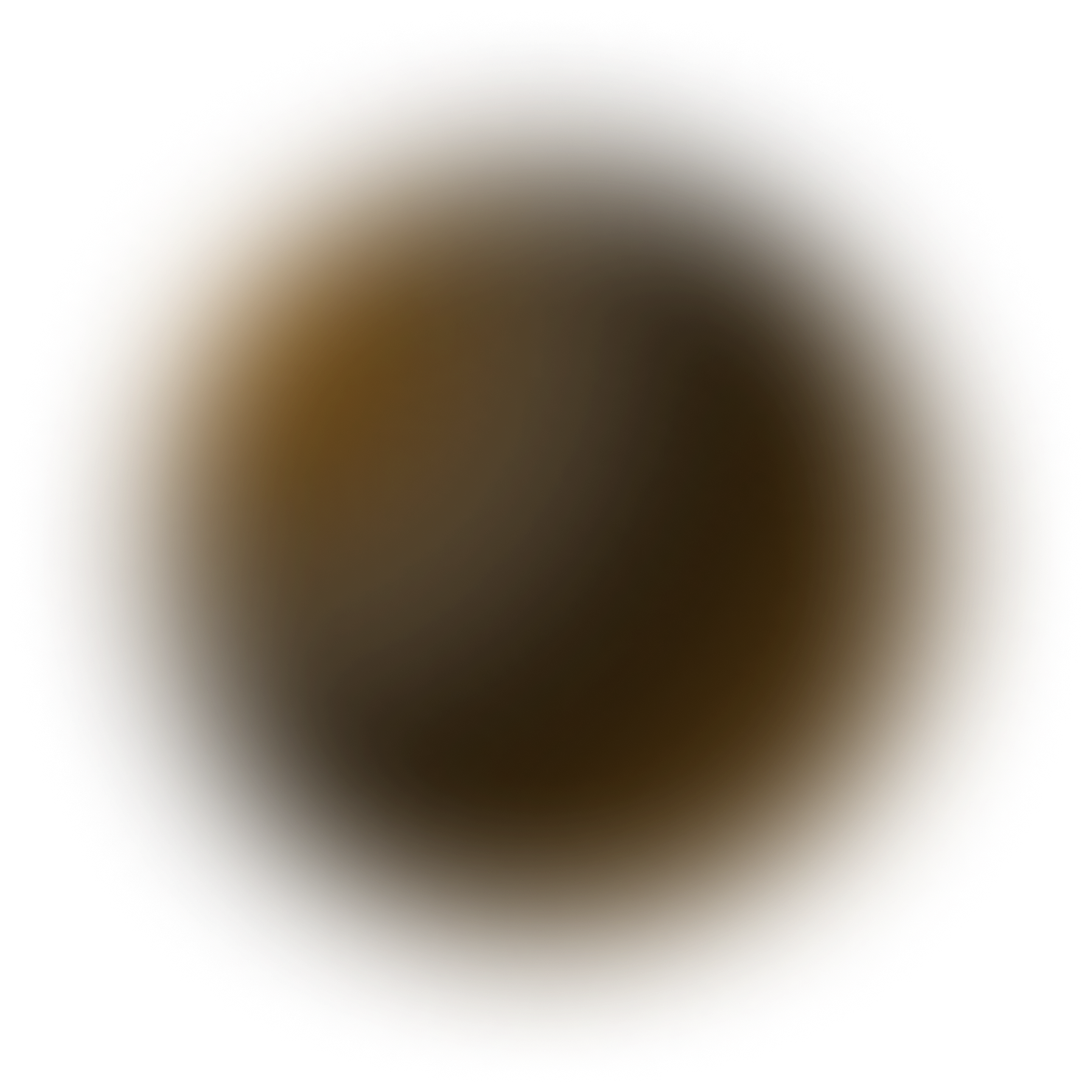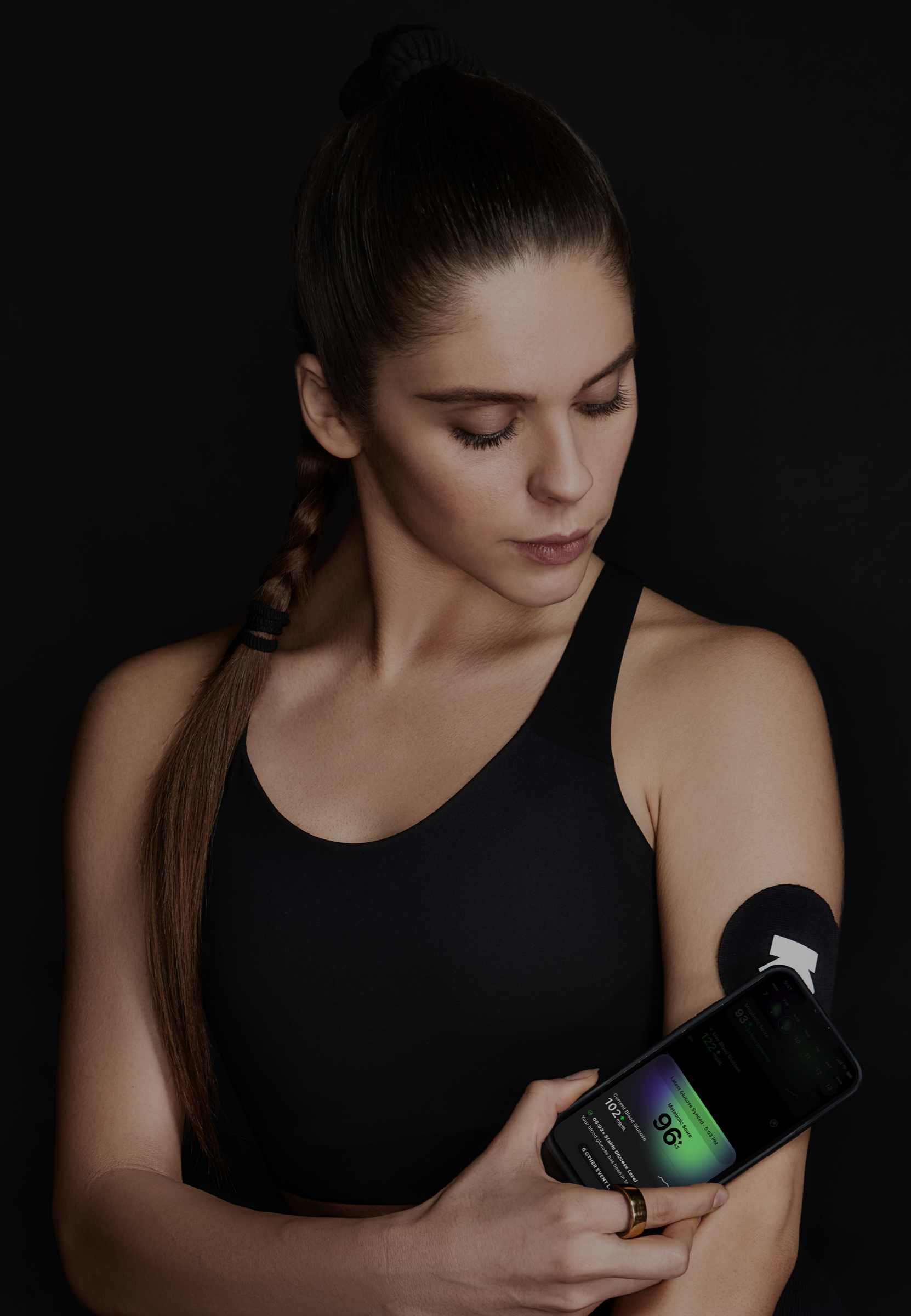
Bananas (1 Extra Small (Less Than 6 Inches Long)) and Oatmeal with Milk (1 Cup)
Breakfast
132 mg/dL
avg. peak value
Usually causes a medium spike
Avg. Food Score on Ultrahuman App
Ultrahuman Users got an UNSTABLE response
How to consume Bananas, Oatmeal With Milk without glucose spikes
Portion Control
Limit the quantity of bananas and oatmeal you consume in one sitting. Smaller portions can help moderate your blood sugar response.
Protein Pairing
Include a source of protein with your meal, like eggs or nuts, to slow down carbohydrate absorption.
Healthy Fats Addition
Add healthy fats like chia seeds or almond butter to your oatmeal. This can help slow the digestion process and reduce spikes.
Choose Whole Grains
Opt for steel-cut or rolled oats instead of instant oatmeal, as they are less processed and may have a more moderate impact on blood sugar levels.
Add Cinnamon
Sprinkle some cinnamon on your oatmeal. Some studies suggest that cinnamon may help in lowering blood sugar levels.
Timing of Consumption
Eat bananas and oatmeal earlier in the day when your body is more insulin-sensitive, rather than in the evening.
Mix with Berries
Incorporate berries like strawberries or blueberries into your oatmeal for added fiber and antioxidants.
Hydration
Drink water before and after your meal to help with digestion and aid in maintaining stable blood sugar levels.
Physical Activity
Engage in light physical activity, such as a walk, after eating to help your muscles use up some of the glucose from your meal.
Mindful Eating
Eat slowly and chew thoroughly to help your body better regulate glucose levels.

Discover
metabolic
health with M1
Ultrahuman M1 helps you measure the impact of food and activity on your body in real time through glucose as a biomarker.
Explore Ultrahuman M1Find Glucose response for your favourite foods
Explore OGDbYour cart is empty
Browse through our products and find something for you.
